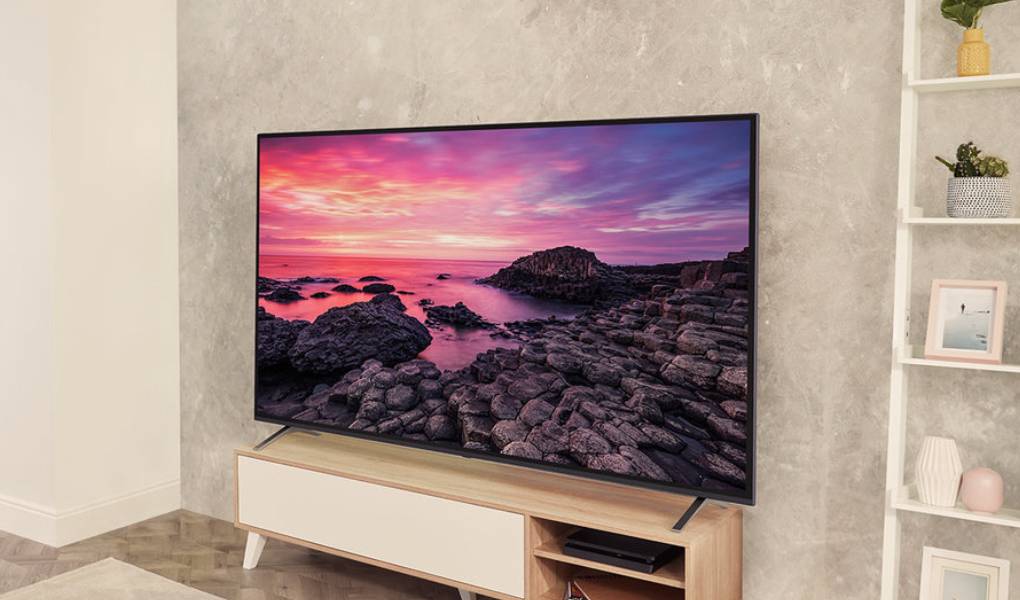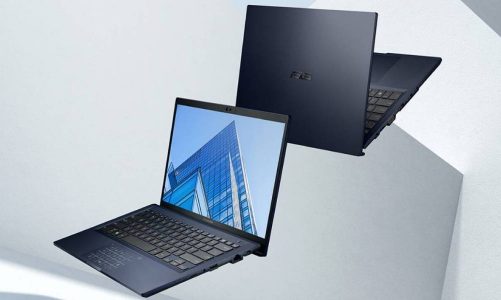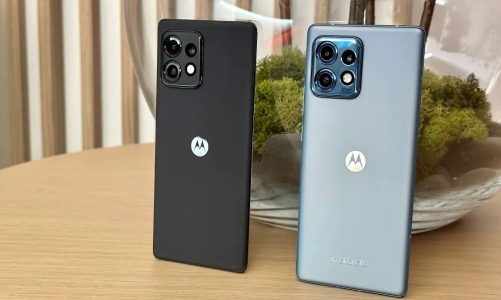This article will find detailed information on what NanoCell technology is, what it is, how it works, and what benefits it brings.
When buying a new TV or monitor for our desktop PC, potential buyers need to evaluate the type of screen we need. As many of you will already know, it is possible to find very different devices on the market, which guarantee a specific type of performance thanks to their peculiar characteristics.
In stores, whether physical or online, we can see TVs and monitors equipped with different technologies, which are in constant evolution. Among the more traditional LCD, VA, IPS, and TN, the selection has become much broader in recent years thanks to the introduction of Nano cell technology presented by LG during the 2017 CES in Las Vegas.
This promises to achieve the color rendering qualities of OLED screens, but at a much lower price. It was deliberately introduced in antithesis to Samsung Display’s Quantum Dot TVs, which have always been renowned for their visual purity and detail offered to the final consumer. So let’s find out what it is in more fact and why it is a preferable solution to the standard LCD.
NanoCell: What It Is And What It Means
One of the most well-known problems that LCD screens carry around is color rendering and depth, which loses quality compared to old CRT screens and OLEDs. The manufacturers of televisions and monitors have therefore tried to overcome this criticality by developing new technologies, among which the NanoCell introduced by LG stands out.
The South Korean giant, with this innovation, consequently promises better colors moreover at a very affordable cost. To understand how they work and the advantages of NanoCell screens, however, we must make a quick introduction, describing how a modern LCD LED TV is composed. Traditionally, a TV panel is divided into several layers: the backlight, the RGB, Red, Green, and Blue filter, and the liquid crystal panel.
More specifically, the backlight consists of LEDs that emit white light. The light that passes through the red, green, and blue filters – the so-called subpixels – then reaches the liquid crystals, in charge of “building” the visible image on the screen. Not surprisingly, the colors of the image we see are the Variable combination of the three red, green, and blue subpixels that make up each present point.
To explain it even more simply, if CRT TVs acquire color by varying the voltage, OLED and LCD TVs give every pixel color. And they do this by using different sub-pixels, which in combination form the other colors on the panel. The fidelity in the reproduction of colors, of course, is strictly linked to how the subpixels can separate the three colors correctly, together with the ability of the filters to block the unwanted part of the light spectrum.
For a reproduction of the chromatic range closer to reality, which in any case has nothing to envy to that of cathode ray tube and OLED TVs, the industry giants have pursued the goal of clearly separating the three primary colors acting with greater precision, even in the representation of all the different shades.
A wise choice if we consider that one of the most apparent problems affecting LCD screens is that the density per pixel per inch is so large that the subpixels of each color component are glued together. This means that the light they emit hits those around them, distorting the final color they show.
How NanoCell Technology Works
That’s not all, because in defining the functioning of NanoCell technology, we must also consider that the saturation of a color, which technicians also call purity, depends on the intensity of the light and the spectrum of wavelengths on which it is to be distributed. . A pure defined color can be achieved when the wavelengths of light are precise and clean, which means that there is no interference or phase shift.
Color saturation, therefore, represents the intensity of a specific hue. In detail, we can say that a very saturated hue has a vivid color, while as the saturation decreases, the pigment becomes more tenuous and tending to shades of gray. However, if the saturation becomes excessive, it tends to distort the colors and cause image problems, especially on the skin tone. And all colors generally lose their naturalness.
With the NanoCells, we try to optimize these filters to separate the colors without reducing the panel’s brightness, trying to keep the promise of a much better color rendering. To understand how, remember that the proximity of the pixels to each other means that the light of the subpixels ends up affecting the neighboring subpixels, distorting the color of all the elements involved.
We must also keep in mind that as the screen resolution increases, the distance between the pixels is reduced, making the problem much more evident. Switching from a 1080p resolution screen to a 4K one means doubling the number of pixels per inch, a change that also occurs in the transition from 4K to the more performing 8K.
So it was necessary to develop new technology, such as that which uses nano cells, to overcome the problem. The answer given by NanoCell uses a light filter in each subpixel so that the light does not go beyond the single-pixel so as not to affect the adjacent ones and that their values are not disturbingly altered in the eyes of the viewer.
The Advantages (And Disadvantages) of Nano Cells
Nano cell technology is based, as already mentioned, on nano cells. These are tiny particles, just 1 nanometer in size, which can quickly return natural colors without distortion from any possible viewing angle. The nanotechnologies used consequently improve the contrast and represent more real colors, enriching the TV market with models that can mean all the shades of the different colors and, therefore, have an extensive chromatic range.
The main advantage of NanoCell screens is to offer an image quality very close to that which characterizes OLED ones, with a significantly higher price and far superior to traditional LCD screens. The viewing angle is excellent, with a width of 178º in both directions and without the age-old burnout problem that OLED screens are known to suffer from.
At the same time, they work around the fading problem of LCD screens. However, since it is still an LCD technology, they necessarily need the backlight, which means that each color’s purity and chromatic gradation are not represented in the same way.
Despite some smudging, NanoCell technology uses nanoparticles to absorb wavelengths considered in excess, expanding the color range and improving the purity of colors. Conversely, conventional LCD-type screens use different filters that can cause color distortion and light reflections that are not optimal.
The quality is also increased thanks to the particular focus on high contrast, which is understood as the ratio between the highest value, i.e., the brightest, and the lowest, darkest value of the brightness of a specific image. By their very nature, televisions based on LCD technology cannot achieve the infinite contrast typical of OLED TVs. Still, some models of televisions with NanoCell implement FALD or Full Array Local Dimming, which aims to reduce the lighting level in some regions of the screen, to give a better representation of blacks.
The combination of NanoCell and FALD offers better image quality and allows us to achieve the quality of OLED screens by placing the LEDs behind the entire panel. A high contrast leaves room for intense blacks that give depth to all colors without necessarily increasing the saturation excessively.
Another advantage of nanoscale technology is to offer viewers a wide viewing angle. An aspect that might seem secondary but which instead represents an essential element. Not only that, this particular type of technology can enhance 4K HDR content, i.e., in high resolution and high color range, reproducing images faithfully, just as directors thought them during the production phase of their film or a fascinating television series.
Net of the many advantages and a lower price than OLED competitors, NanoCell screens have proven in the field to suffer from higher energy consumption. Precisely for this reason, it is a solution that has not yet been standardized on smaller screens, such as laptops, tablets, and smartphones, effectively closing the doors to its use. However, they remain a potential threat to OLEDs and a tremendous opportunity for consumers to enjoy optimal images at a reasonable cost.
Also Read: Apple Watch 7: Features And Prices



